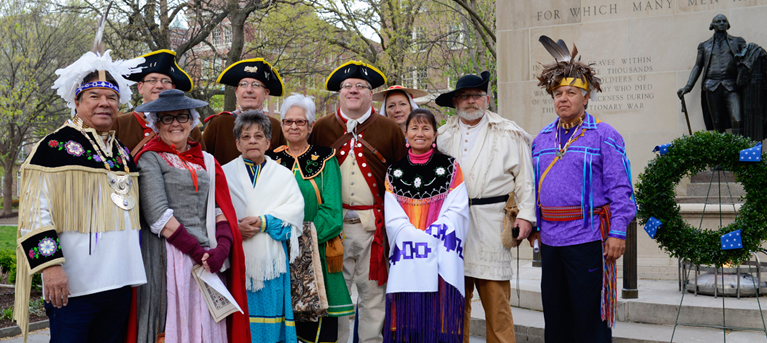Welcome to the Oneida Indian Nation, a place steeped in rich history and cultural significance. The Oneida Nation, one of the original five nations of the Iroquois Confederacy, has called this region home for centuries. Their story is not just one of survival, but of thriving, adapting, and influencing American history.
The Oneida people were among the first Native American allies of the United States during the Revolutionary War. Their pivotal role in the war effort, especially during the Battle of Oriskany in 1777, demonstrated their commitment to the cause and cemented their place in American history. In fact, their support was so significant that George Washington himself recognized the Oneida Nation as ‘the United States’ first allies.’
One notable figure from this era is Polly Cooper, an Oneida woman who volunteered to aid the Continental Army. She is celebrated for her role in bringing white corn to Valley Forge, a crucial act that helped sustain the troops during the harsh winter of 1777-1778. Polly’s legacy is a testament to the enduring spirit and generosity of the Oneida people.
Throughout the 19th century, the Oneida Nation faced challenges as their land was encroached upon by European settlers. Despite these adversities, the Oneida persevered, adapting to new realities while maintaining their cultural heritage. The Oneida Indian Nation of today continues to be a vibrant community, playing a vital role in the economic and cultural landscape of Central New York.
Fast forward to the present, and the Oneida Nation is a leader in economic development, running enterprises such as the Turning Stone Resort Casino, which has become a major employer and a destination for visitors across the region. This modern success story underscores the Nation’s resilience and adaptability.
As you explore this area, consider the fascinating stories and enduring legacy of the Oneida people. Their history is a testament to their resilience and an integral part of the broader American narrative. Today, the Oneida Indian Nation stands as a beacon of cultural preservation and innovation, continuing to shape its future while honoring its storied past.





